Pakistan has been struggling ever since its emergence on the world map to achieve political and economic stability, withstand internal and external threats and provide justice, socio-economic equality and opportunities to its people.
Oscillating between military and civilian rulers or military-influenced civilian dispensations for over 70 years, the nation has still a long way to go amidst massive corruption, misgovernance, unending political wrangling, and civil-military rifts over governance and state resources.
The Constitution of Pakistan ordains a parliamentary form of democracy. Unfortunately, however, a true form of democracy “for the people and by the people” could never gain ground in Pakistan. Democracy Index’s global ranking in 2020 placed Pakistan at 105th position among165 independent nations. It was described as a “hybrid regime” out of the four types of regimes, namely: “full democracy”, “flawed democracy”, “hybrid regime” or “authoritarian regime.”
Countries falling in the ‘hybrid category’ are those where transparent elections reportedly have substantial irregularities, oppressed civil society and media and failing institutions of the state.
The political and economic events unfolding in Pakistan since April 2022 amidst an opportunistic struggle for power have turned the country into a political tinderbox with little or no regard for the ongoing suffering of the masses who continue to pay the price for the country’s long history of political and economic instability.
Inflation in the country, for example, is hovering over 27 percent, basic facilities like electricity, gas and water are scarce and un-affordable and employment opportunities are drying out. The nation is perplexed, anguished and angry amidst an air of hopelessness. The country’s youth are the most frustrated lot who have lost all hopes for a better life for themselves and their families. They are bee-lining to move overseas, hoping for a better chance of living - many under the compulsion of loss of faith in their country of birth.
The masses and particularly the youth have been let down by the flourishing fraternity of politicians, the institutions of the state and the elite classes of the country who in 70 years have fortified their positions at the expense of the struggling masses. The most disturbing fact is that the governance structure of the country today is in woeful disarray.
Irked by this state of hopelessness, intellectuals, economists and social scientists have been debating in the media on “why and how the nation has landed itself in such a sorry state in so short a history for a nation and how to move out of it.” Burdened with depression, one is tempted to look around the globe as to how other nations are doing and why Pakistan has landed itself into such a pitiful state - notwithstanding the fact that much of it, if not all of it, is a self-inflicted act.
It is relevant to draw comparisons between India, Pakistan and Bangladesh who were part of British ruled India and achieved independence from colonial rule in 1947 and became two nations: Pakistan and India under a partition of India plan. The then East Pakistan seceded from Pakistan in 1971.
First, let’s have a look at Bangladesh:
Bangladesh has made great strides in sustainable economic growth, significant poverty reduction, and continued improvements in human development indicators. Bangladesh’s economy has grown consistently between 6% and 7% over the past two decades — one of the highest in the world. It is now on course to become a developed country by 2041.
It is reported that Bangladesh’s GDP per capita has grown by 9% over the past year to $2,227. Pakistan’s per capita income is $1,543. In 1971, Pakistan was 70% richer than Bangladesh, but today Bangladesh is 45% richer than Pakistan. Even India is now poorer than Bangladesh in per capita income terms. India’s per capita income in 2020-21 was $1,947.
Bangladesh’s development has surpassed Pakistan’s and it would transform into becoming the 26th largest economy. The Human Development Index (HDI) for Bangladesh was around 0.608 in 2017. Pakistan’s HDI value for 2018 was 0.560, which puts the country in the medium human development category. Pakistan suffered losses because of income disparity of 25.6 percent, while the World Bank states Bangladesh is one of the countries with reduced income equality.
Bangladesh’s dependency on foreign aid has reduced remarkably from 88% in 1972 to just over 2 percent in 2010. Pakistan has relied on foreign aid particularly from the US and global financial institutions such as the International Monetary Fund (IMF) and is continuing to do so largely due to misgovernance, incompetence and institutional corruption which has crippled the economy.
Bangladesh’s growth rests on three pillars – exports, social progress and fiscal management.
(To be continued)
Copyright Business Recorder, 2022
The writer is a former President, Overseas Investors Chamber of Commerce and Industry












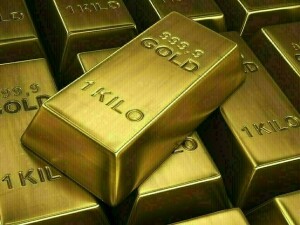
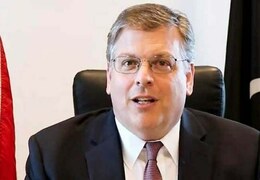

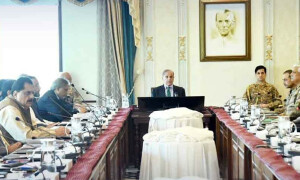



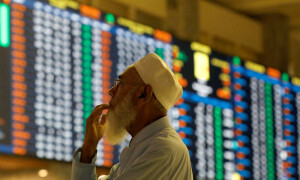

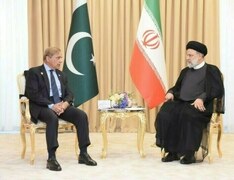
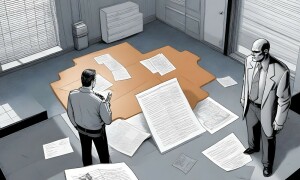
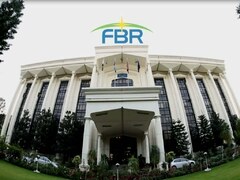
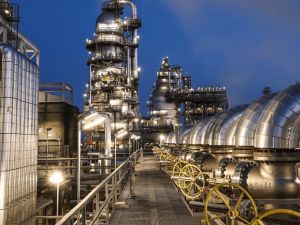
Comments
Comments are closed.